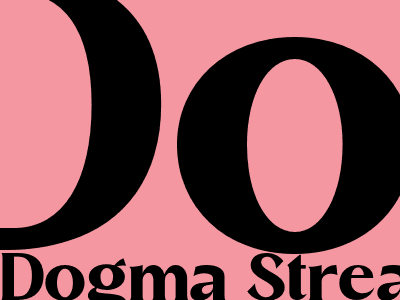In-Depth SEO Guide for Blogger – Google Policy Compliant
Introduction
In today's digital age, having a strong online presence is crucial for bloggers who want to reach a wider audience and establish their authority. Search engine optimization (SEO) plays a vital role in enhancing your blog's visibility and attracting organic traffic from search engines like Google. This comprehensive guide will provide you with an in-depth understanding of SEO best practices specifically tailored for Blogger, ensuring that your content aligns with Google's policies while maximizing its search engine ranking potential.
Understanding Google's Webmaster Guidelines
Before diving into SEO strategies, it's essential to familiarize yourself with Google's Webmaster Guidelines. These guidelines outline the rules and recommendations that Google uses to determine the quality and relevance of websites in its search results. Adhering to these guidelines will help your blog avoid penalties and ensure that it remains in good standing with Google.
Some key principles to keep in mind include:
- Create high-quality, original content that provides value to users.
- Avoid keyword stuffing and other deceptive practices.
- Ensure your website is mobile-friendly and easy to navigate.
- Build backlinks from reputable websites to improve your blog's credibility.
Optimizing Your Blogger Blog for SEO
Now that you have a solid understanding of Google's guidelines, let's delve into specific SEO techniques you can implement on your Blogger blog.
1. Keyword Research
Identifying relevant keywords is crucial for optimizing your content for search engines. Utilize keyword research tools to discover terms and phrases that your target audience is searching for. Focus on long-tail keywords, which are more specific and less competitive, increasing your chances of ranking higher in search results.
2. On-Page Optimization
On-page optimization involves optimizing individual pages on your blog to make them more search engine friendly.
a. Title and Meta Description
Craft compelling titles and meta descriptions that accurately reflect the content of your blog posts while incorporating relevant keywords. The title should be concise and attention-grabbing, while the meta description should provide a brief summary of the post's main points.
b. Header Tags (H1, H2, H3)
Use header tags to structure your content and highlight important headings and subheadings. Include your target keyword in the H1 tag, which is the most important header on the page.
c. Image Optimization
Optimize images by using descriptive file names and alt tags that include relevant keywords. This helps search engines understand the content of your images and improves your ranking in image search results.
3. Off-Page Optimization
Off-page optimization focuses on building backlinks to your blog from other reputable websites.
a. Guest Posting
Write guest posts for other blogs in your niche and include a link back to your blog in the author bio. This helps establish backlinks and introduces your content to a new audience.
b. Social Media Engagement
Promote your blog content on social media platforms to gain traction and build relationships with potential readers. Share your posts, engage with followers, and join relevant groups to expand your reach.
Conclusion
By implementing the SEO strategies outlined in this guide, you can significantly improve your Blogger blog's visibility, attract more organic traffic, and establish yourself as an authoritative source of information in your niche. Remember to adhere to Google's Webmaster Guidelines and focus on creating high-quality content that provides value to your readers. With consistent effort and attention to detail, you can optimize your blog for SEO success and achieve your online goals.

Comments